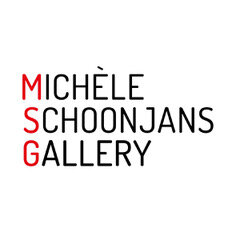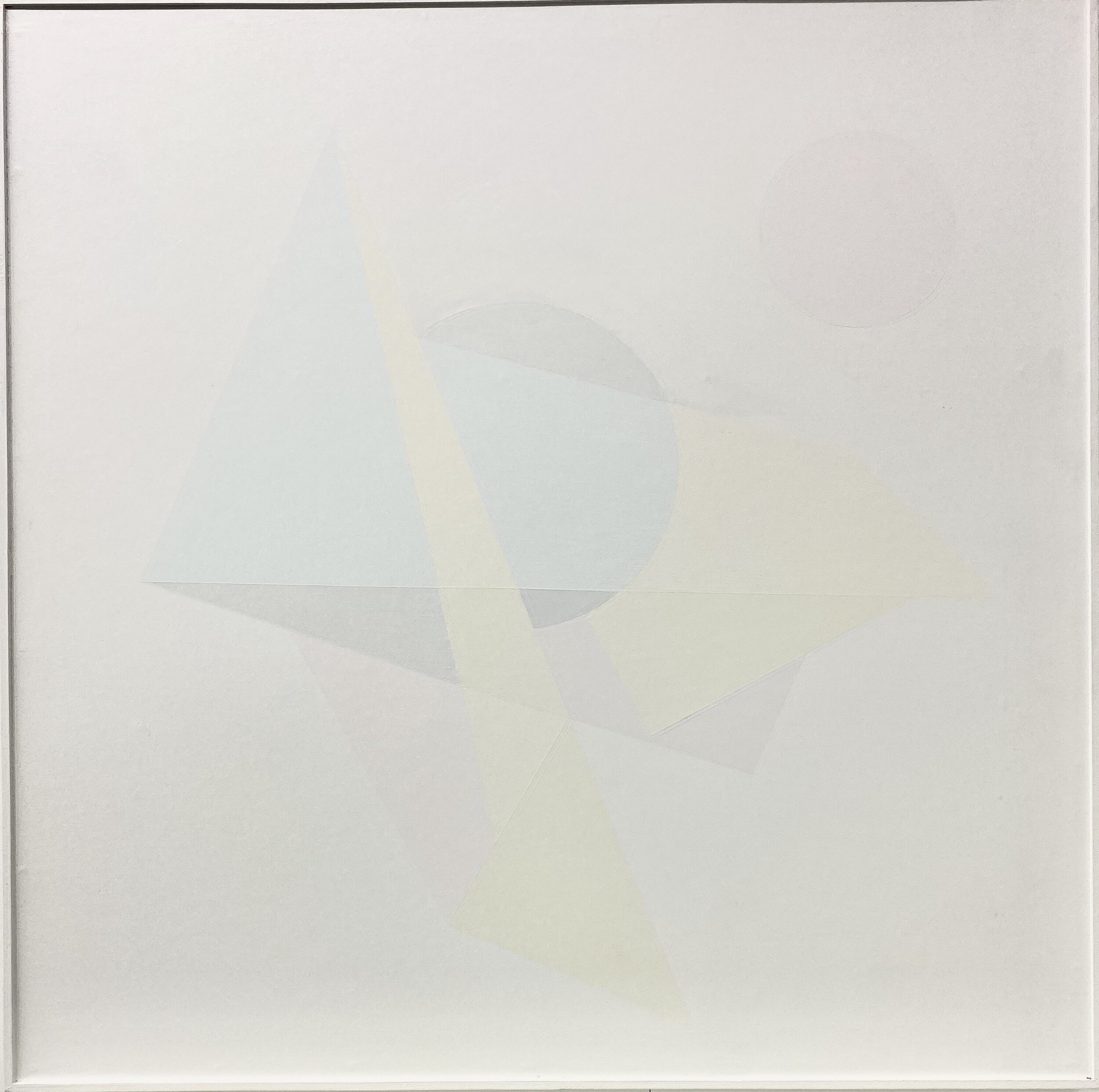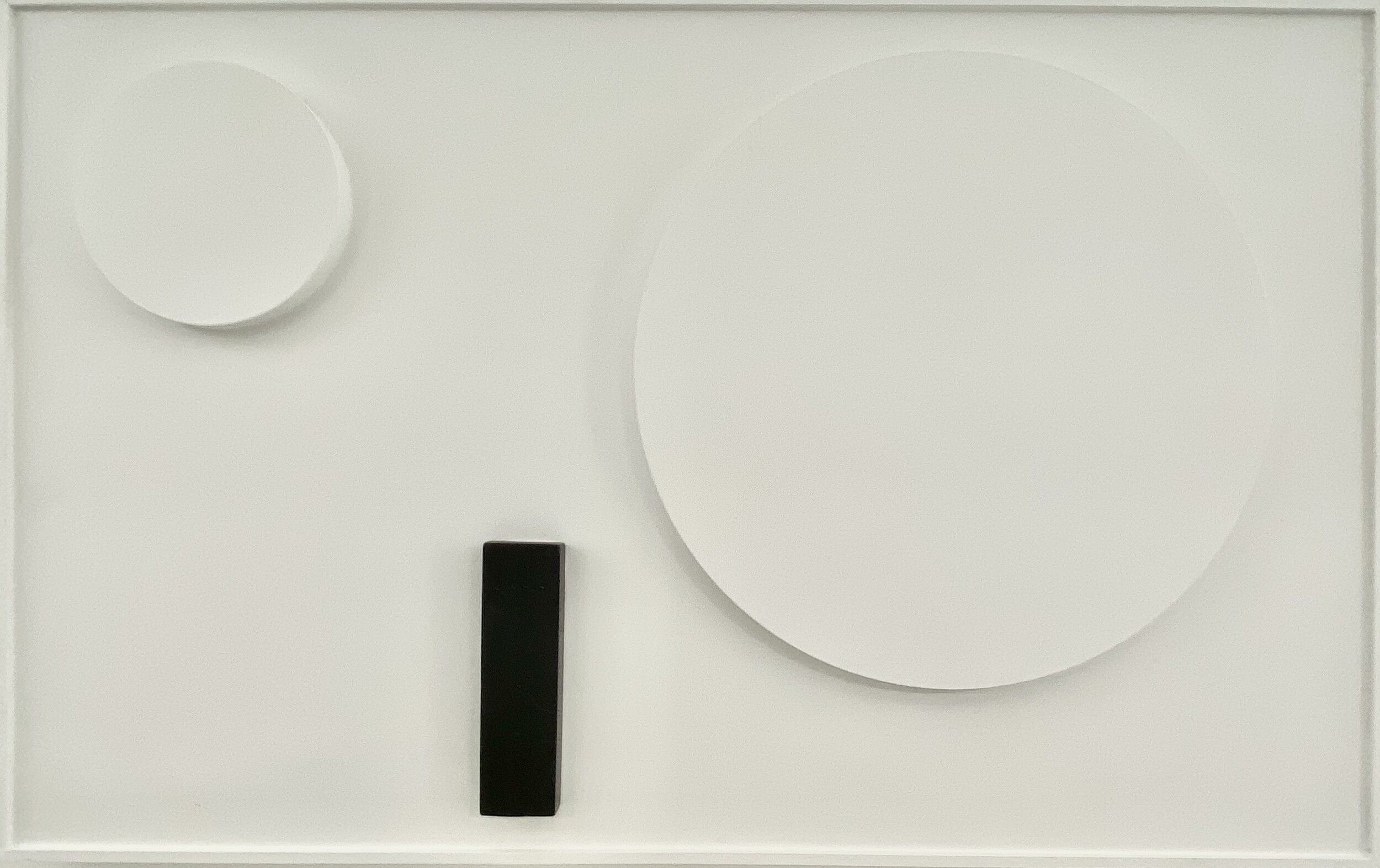PAUL VAN HOEYDONCK (°1925 in Antwerpen, lives and works in Antwerpen (B))
SchoonjanS&Vandenbussche Gallery has the pleasure of presenting recent works 'white on white' by Paul Van Hoeydonck in the solo exhibition 'Et alors! Lightworks 2.0’ .
Brussels - the world's cosmos
After his art-historical studies, Paul Van Hoeydonck (°Antwerp 1925) exhibited for the first time in Antwerp in 1952 in the Gallery Buyle. But from the 1950s Brussels had a leading position in Europe, with pilot galleries, active museums, a dynamic Palais des Beaux-Arts, important art prizes and art groups, art critics and art collectors who cherished the avant-garde. As early as 1954, a personal exhibition by Paul Van Hoeydonck followed in the Cheval de Verre Gallery in Brussels. He was a guest at a Brussels gallery every year during this period, for example in 1956, 1957 and 1959, when Galerie Saint-Laurent made history. In the Palais des Beaux-Arts (PSK) he already exhibited individually in 1956. Numerous personal and group exhibitions followed in the PSK, including as laureate of the Jeune Peinture Belge prize and at the exhibitions of works of art acquired by the State. After a very short figurative period, around 1954 Paul Van Hoeydonck evolved into his own form of constructivism and monochromy, in the form of collages and reliefs. In this way he played a role in the three Brussels art groups that in the fifties - sixties grouped together the abstract and constructivist artists and thus strongly influenced the climate in Belgian art: chronologically the groups "Art Abstrait", "Formes" and "Art Construit". The art critics Jean Séaux, Jean Dypréau, Jan Walravens, Maurits Bilcke and Michel Seuphor were very active in these groups. They commented on the work of Paul Van Hoeydonck. In Brussels, this was soon included in the collection of the Royal Museums of Fine Arts of Belgium, of the Print Room of the Royal Library Albertina, of numerous banks and private collections.
Meanwhile, at the end of the fifties and the beginning of the sixties, Antwerp also became an art centre of European allure on the Milan axis (with Lucio Fontana and Piero Manzoni), Paris (with the Nouveaux Réalistes), Brussels, Antwerp and Düsseldorf (with the ZERO group). Paul Van Hoeydonck would focus on that axis and then on the rest of the world. He was co-founder of G58 Hessenhuis, where he co-founded the now legendary exhibition "Vision in Motion-Motion in Vision" (1959). An individual exhibition followed in Milan at Galleria Apollinaire (1964). In Paris he exhibited at the iconic Galerie Iris Clert (1961 and 1964) and became friends with Pierre Restany, the founder of the Nouveaux Réalistes. In Düsseldorf he had contacts with the ZERO group, which is why work by Paul Van Hoeydonck was recently shown in ZERO retrospectives, including at the Guggenheim Museum in New York and the Stedelijk Museum in Amsterdam.
From the beginning of the sixties the artist will cast his artistic gaze on the cosmos. In 1962 he travelled to New York for the first time. He will often stay and exhibit there. In 1971, through contacts with NASA and the astronauts, the crew of Apollo 15 placed a statue of Paul Van Hoeydonck on the bottom of the moon: "Fallen Astronaut". He will not give up this commitment to space to this day. Planets, satellites, spatial situations remain the themes of his paintings and objects, in which the white, symbol of the unreal, is used par excellence, sometimes along with traces of the blue and the red, the colours of bluer galaxies that are still actively creating new stars, and redder galaxies that no longer do so. So Paul Van Hoeydonck finds the inspiration for his work far beyond his own planet in the infinity of the universe, where all possibilities for a new beginning have remained intact. The works in the current exhibition at the Schoonjans&Vandenbussche Gallery in Brussels form the series "Et alors ! Lightworks 2.0" and refer back to the Lightworks white on white from the period 1959-1969. This closes the circle. I based this short text on the decades of friendship with the artist and on the numerous monographs that Willy Van den Bussche devoted to Paul Van Hoeydonck.
text by Ernest Van Buynder, honorary chairman of the Museum of Contemporary Art Antwerp (MuHKA).




























